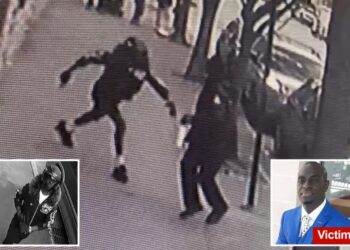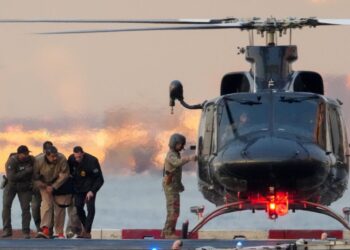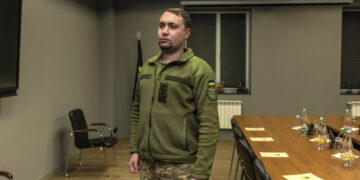CDC staff ‘blindsided’ as child vaccine schedule unilaterally overhauled
Vaccine experts at the Centers for Disease Control and Prevention were blindsided by a top deputy to Health Secretary Robert...
Arc Raiders Has a Serious Cheater Problem, Streamers Say
Arc Raiders may have a serious cheater problem, according to players. Streamers, in particular, say they have recently been flooded...
Crystal Ball: Where venture capital and private equity are headed in 2026
As I was wading through the waters of all our predictions, readers painted a picture of possibilities and pressure in...
Watch: Morning Joe loses it in profane attack on GOP lawmakers snubbing Capitol Police
MS NOW host Joe Scarborough went on a furious tirade on Wednesday morning that was punctuated with multiple swear words...
Failures of the past haunt L.A.’s fire recovery agenda for 2026
In the year after fire swept through Altadena, man and nature have camouflaged the destruction, to some extent. The burned...
U.S. Appeals Court Won’t Take Up Case to Resurrect 9/11 Plea Deal
A federal appeals court has declined to consider whether to reinstate a plea deal in the Sept. 11, 2001, case...
Stunned Ben Affleck reveals son Samuel, 13, asked him for sports betting money
Ben Affleck was flabbergasted. The actor revealed during his recent appearance on “Jimmy Kimmel Live” that his 13-year-old son, Samuel,...
Devoted dad savagely stabbed to death in NYC while on the way to work
A career criminal with more than 20 prior arrests allegedly stabbed a devoted father to death while he was walking...
The tech guys can’t get you to wear face computers. But they’re not giving up.
The queen tried Meta's Ray-Bans back in 2022. Will more of us try them this year? Kirsty O'Connor/APBig Tech tried...
8 things to do this year to lower dementia risk and protect your brain
New cases of dementia are estimated to double by 2060, but the good news is that about 45 percent of...














